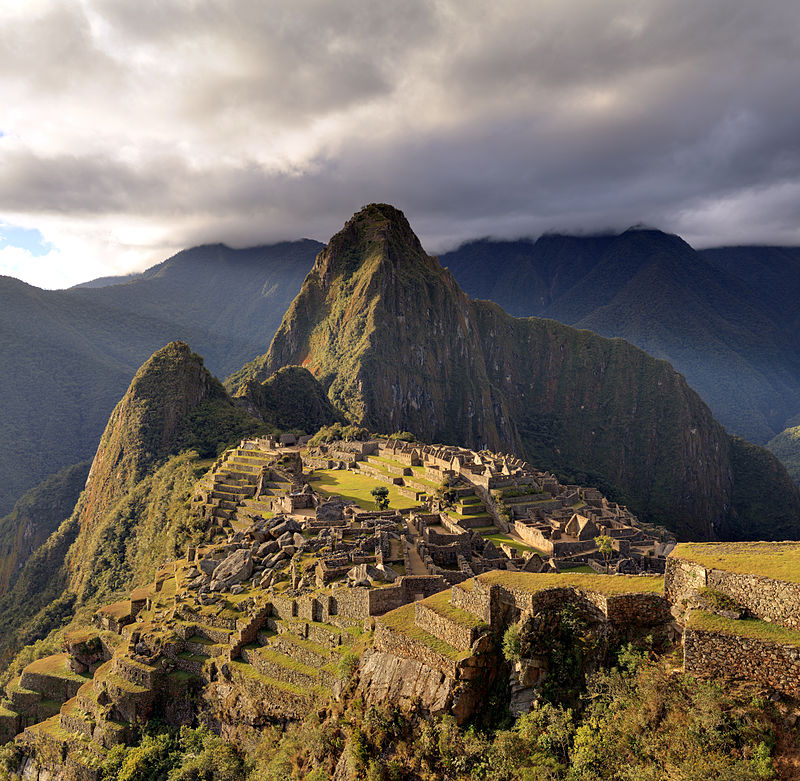Good morning, Whitewater.
Sunday in town will be partly cloudy, with a high of eighty-nine, and an even chance of afternoon thunderstorms. Sunrise is 5:39 AM and sunset 20:23 PM, for 14h 43m 34s of daytime. The moon is a waning gibbous with 76.5% of its visible disk illuminated.
Friday’s FW poll asked whether readers thought that unofficial national holidays (for foods, causes, etc.) were inspiring or irritating. The results were about evenly split, at least compared to most FW polls that wind up leaning strongly one way or another.

https://commons.wikimedia.org/w/index.php?curid=8450312
On this day in 1911, historian Hiram Bingham makes an extraordinary discovery:
Machu Picchu (in hispanicized spelling, Spanish pronunciation … or Machu Pikchu (Quechua machu old, old person, pikchu peak; mountain or prominence with a broad base that ends in sharp peaks,[1] “old peak”, pronunciation.. is a 15th-century Inca citadel situated on a mountain ridge 2,430 metres (7,970 ft)above sea level.[2][3] It is located in the Cusco Region, Urubamba Province, Machupicchu District in Peru,[4] above the Sacred Valley, which is 80 kilometres (50 mi) northwest of Cuzco and through which the Urubamba River flows.
Most archaeologists believe that Machu Picchu was built as an estate for the Inca emperor Pachacuti (1438–1472). Often mistakenly referred to as the “Lost City of the Incas” (a title more accurately applied to Vilcabamba), it is the most familiar icon of Inca civilization. The Incas built the estate around 1450 but abandoned it a century later at the time of the Spanish Conquest. Although known locally, it was not known to the Spanish during the colonial period and remained unknown to the outside world until American historian Hiram Bingham brought it to international attention in 1911.
Machu Picchu was built in the classical Inca style, with polished dry-stone walls. Its three primary structures are the Inti Watana, the Temple of the Sun, and the Room of the Three Windows. Most of the outlying buildings have been reconstructed in order to give tourists a better idea of how they originally appeared.[5] By 1976, thirty percent of Machu Picchu had been restored[5] and restoration continues.[6]
Machu Picchu was declared a Peruvian Historical Sanctuary in 1981 and a UNESCO World Heritage Site in 1983.[3] In 2007, Machu Picchu was voted one of the New Seven Wonders of the World in a worldwide Internet poll.
On this day in 1892, Iron River experiences disaster:
1892 – Fire Destroys Iron River
On this date a major fire destroyed most of Iron River, Wisconsin. After the fire was extinguished, the town resembled a “tent city” during the rebuilding. [Source: “B” Book I, Beer Bottles, Brawls, Boards, Brothels, Bibles, Battles & Brownstone by Tony Woiak, p.18]
